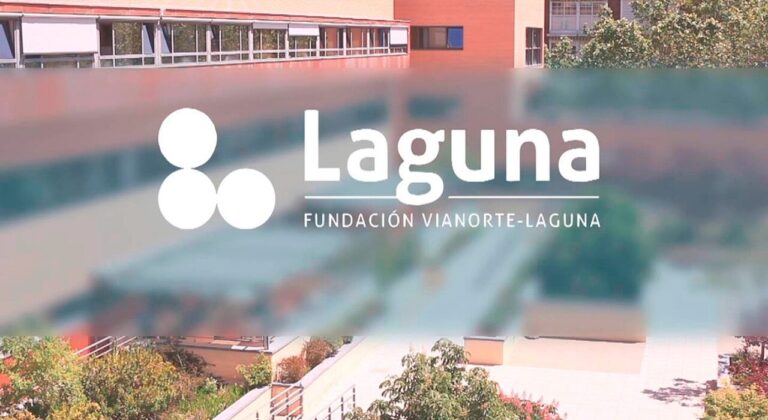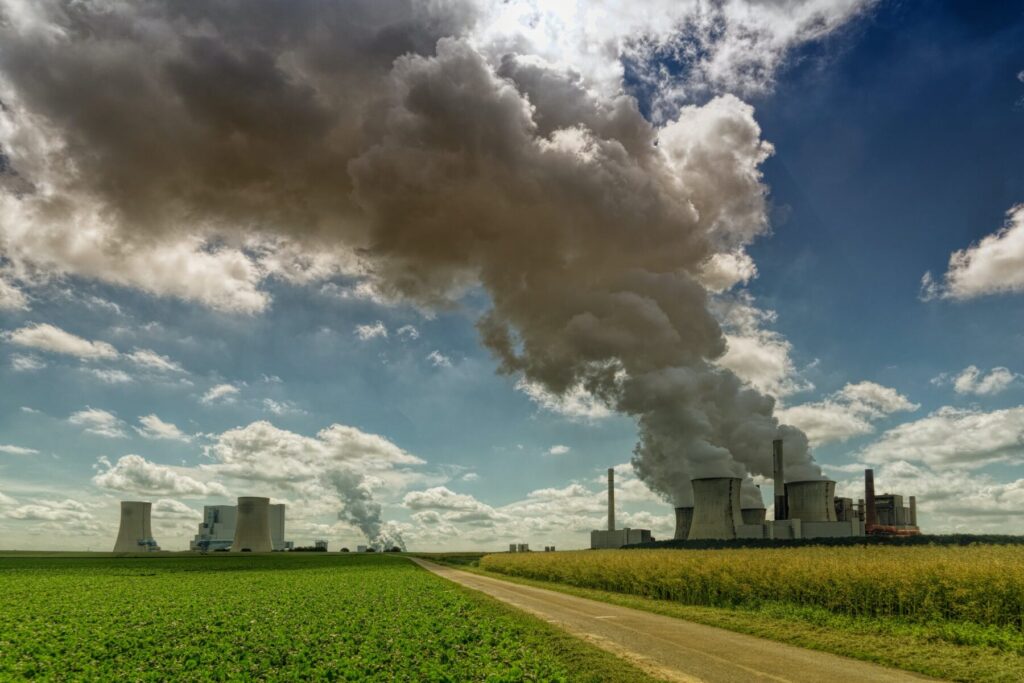COP26 (Glasgow, October 31-November 12), the latest summit of the UN Framework Convention on Climate Change, has proven to be the most critical since the 2015 Paris Agreement (COP21). During the convention, parties intend to reach an agreement on a new target to stop the global temperature rise of the last decade. This is a summary of the baseline scenario and the main points to be negotiated.
Postponed one year due to the COVID-19 pandemic, the COP26 conference is the first occasion for revising the five-year carbon-cutting targets. Through the Paris Agreement, reached at COP21, the 190 signatory countries committed to setting national emission reduction targets (officially known as Nationally Determined Contributions, or NDC) for five years. Each participating country was free to set the target they saw fit, but at the end of each five-year period, they committed to submitting more demanding targets than those previously set.
The objective of the Agreement is to constrain the increase in the average temperature of the earth’s surface to under 2 ºC compared with levels before the Industrial Revolution, and preferably less than 1.5 ºC. As there’s already been an estimated 1.1-1.3 ºC increase, it will be extremely challenging to avoid an additional rise of two to four tenths of a degree. It would require, according to commonly accepted calculations, that net carbon emissions fall by 45% in 2030 compared to 2010, and reach net zero around 2050.
Inadequate targets

The new targets that countries have brought to Glasgow fall short. According to the presidency of COP26, the current trajectory would mean a 16% increase in CO2 emissions by 2030. The problem is the same as always: although developed countries are, in principle, ready to adopt demanding pledges for emissions reductions, it isn’t enough. And developing countries argue that it is unfair to ask them to execute a rapid transition to clean energy after wealthy nations industrialized and polluted the atmosphere throughout two centuries using cheap energy.
In general, developed countries have set much more ambitious targets than those established five years prior. By 2030, the EU intends to cut its net emissions by 55% compared to 1990, instead of the 40% set before, and to reach net zero by 2050. The U.S. will lower its emissions by 50-52% below 2005 levels, instead of by 26-28%. Between the two, they account for 23% of global emissions.
Large coal producers and consumers such as China, Russia and Australia are reluctant to commit to abandoning its use
Australia and New Zealand are the exceptions among the rich nations, as their new targets are not an improvement of their former ones. But worse off is that much larger emerging countries such as Brazil, Mexico, Russia and India, have pledged similarly modest targets. But China’s case, (the world’s leading emitter of greenhouse gasses, accounting for 28% of the total emissions) is most worrisome by far: the country has only pledged to peak CO2 emissions “before” 2030, instead of the previous pledge to do so “around” that year.
Few agreements reached in the G20
At COP26, it will be difficult to change national targets, as an emissions reduction plan requires months of preparation by various government departments. Rather, discussions will focus on other topics, such as those highlighted below. Some of them were discussed at the G20 summit in Rome, just days before the Glasgow conference kicked off.
Keep the 1.5 ºC target within reach. This has to do with expressly reaffirming and preventing this goal from being lost. The G20 leaders theoretically supported the target, but hardly decided on concrete measures to achieve it.
Put an end date to the use of coal (that is, its use where neither carbon capture nor carbon storage is practiced). Among the G20 members are several of the largest coal producers and consumers –China, Russia, Australia– all of which are reluctant to abandon its use. A last-minute gesture from China was its announcement that it was no longer participating in the construction of coal-fired power plants abroad. At the summit, the other member countries signed the same commitment, but they didn’t reach an agreement for a deadline as to when they would stop using coal or when fossil fuel subsidies would be eliminated at the national level.
G20 members together account for three-quarters of global carbon emissions and 80% of world GDP. The fact that they failed to reach agreements on concrete measures bodes ill for the COP26 negotiations.
Finance
Other key points include:
Developed countries will allocate 100 billion dollars annually to the least developed and vulnerable countries. That amount is what was informally promised at COP15 (Copenhagen, 2009), but developed countries never wanted it to be binding. In 2019, they gave approximately 80,000 million dollars, according to an OECD estimate; there is no data for 2020, but the sum is likely lower, due to the health emergency.
It’s not out of the question that COP26 will come to an end without any significant progress being made, but it’s likely that partial agreements will be reached on several of the questions on the table
In any case, giving money means there has to be projects in place to spend it on, be they energy transition focused or climate change adaptation ones, which are the two purposes the aid can be used for. Funding is channeled through more than 25 agencies coordinated by the UN’s Green Climate Fund. Each one has its rules; some, for example, require projects to promote gender equality. Project evaluation is arduous, and the results are long in coming.
Furthermore, if the International Energy Agency isn’t mistaken, the promised aid is only 5% of the total climate investments that developing countries need annually, highlighting another aid-related flaw: the private sector’s low contribution, which in 2019 was 14,000 million dollars, less than 20%, according to the OECD.
Cars, forests, methane
Stop manufacturing cars with internal combustion engines between 2035 and 2040. France has already made the decision, which will come into force in 2040. As for the European Commission, it has proposed a ban on new fossil-fuel vehicles in 2035, which would have the same effect. Urban and transportation electrification pose a fiscal challenge though: how will the lost revenue from gas taxes be compensated for?
End deforestation by 2030. This mainly affects tropical countries, which will ask developed countries for compensation for limiting their exploitation of forests.
A plan for the reduction of methane emissions. This gas has a greenhouse effect 84 times more powerful than that of CO2 in a period of 20 years, although it remains much less time in the atmosphere. And since it accounts for 16% of greenhouse gas emissions, significantly reducing its concentration in the atmosphere is easier and more effective in the short term. The presidency’s proposal is a reduction of at least 30% in 2030 and 50% in 2050, which could lower the temperature by 0.2 ºC. In Rome, the G20 leaders promised to reduce methane emissions “significantly”, without offering any further exactitude.
Unresolved issues
Furthermore, in Glasgow several unresolved questions regarding the interpretation of certain measures adopted in the Paris Agreement will be discussed.
One of which refers to the way emissions trading is taken stock of to prevent the same reductions be counted twice, both for the seller and for the buyer. It is also necessary to decide whether the allowances corresponding to the previous commitment period, that of the Kyoto Protocol, can continue to be used after the Paris Agreement –something that some countries want, while and others oppose because it could cause a sharp drop in the allowance prices. Both issues were left unresolved at COP25 (Madrid, 2019).
Likewise, the commitment period towards the national goals needs to be further defined. Almost all summit participants understand that the agreement works on a five-year cycle, but an ambiguity in the Paris Agreement has allowed Brazil, as well as several other countries, to argue that it can be interpreted to work on a ten-year cycle, divided into two five-year cycles. COP26 participants against this interpretation argue that lengthening the national timeframes would compromise the rigor of the commitments and the ability to adapt to ongoing contextual changes and advances in scientific knowledge.
The discussions in Glasgow will take place against the unfortunate backdrop of the current post-COVID-19 energy crisis. Europe is suffering from a sharp rise in natural gas prices, while Asian countries face severe supply disruptions and renewable sources are failing to meet the increased demand. In lieu of this current energy crisis, coal once again becomes tempting, and China, although it pledged to stop favoring it abroad, is turning towards it more and more to ensure national electricity generation.
In view of the issues raised, it’s not out of the question that COP26 will come to an end without any significant progress being made, but it’s likely that partial agreements will be reached on several of the questions on the table.
Translated from Spanish by Lucia K. Maher
